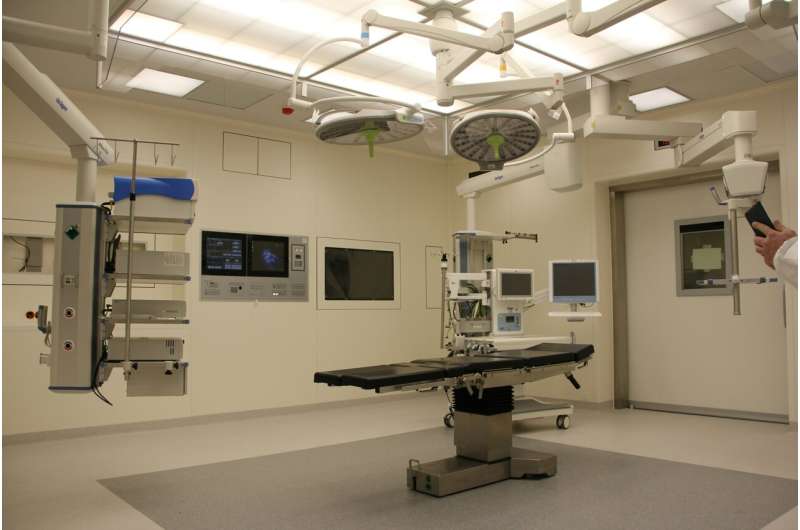
A new study describes a novel surgical technique used to treat Moebius syndrome, a rare congenital condition leading to the inability to smile, oral incompetence, and a significant impact on social engagement. The study is published in Facial Plastic Surgery & Aesthetic Medicine.
Babak Azizzadeh, MD, from Cedars-Sinai Medical Center and the Center for Advanced Facial Plastic Surgery, and co-authors present a novel method for utilizing ipsilateral facial nerve for motor innervation of gracilis free functional muscle transfer (FFMT) in select patients with Moebius syndrome who clinically demonstrate residual facial nerve activity.
The investigators state, “This is the first study to identify intraoperative residual facial nerve activity accounting for movement in Moebius patients with full bilateral paralysis.” In addition, “this is the first description of residual ipsilateral facial nerve powered gracilis FFMT in children with Moebius and bilateral paralysis leading to spontaneous, symmetric smile.”
Facial Plastic Surgery & Aesthetic Medicine Editor-in-Chief Travis T. Tollefson, MD, MPH, University of California, Davis, states: “This video submission to FPSAM joins others in this last year to depict a nuanced improvement in surgically creating a smile in a child or adult who cannot move their face.”
“These authors and others use artful enhancements of donor nerve choices, muscle vector, and soft tissue adjustments, as they inch closer to the seemingly unattainable natural, spontaneous smile, congruent with the person’s emotive state.”
More information:
Jordan Kai Simmons et al, A New Technique in Facial Reanimation Surgery for Moebius Syndrome, Facial Plastic Surgery & Aesthetic Medicine (2024). DOI: 10.1089/fpsam.2023.0279
Citation:
A new surgical technique enables smiling in patients with facial paralysis (2024, March 27)
retrieved 28 March 2024
surgical-technique-enables-patients-facial.html
.
. The content is provided for information purposes only.
